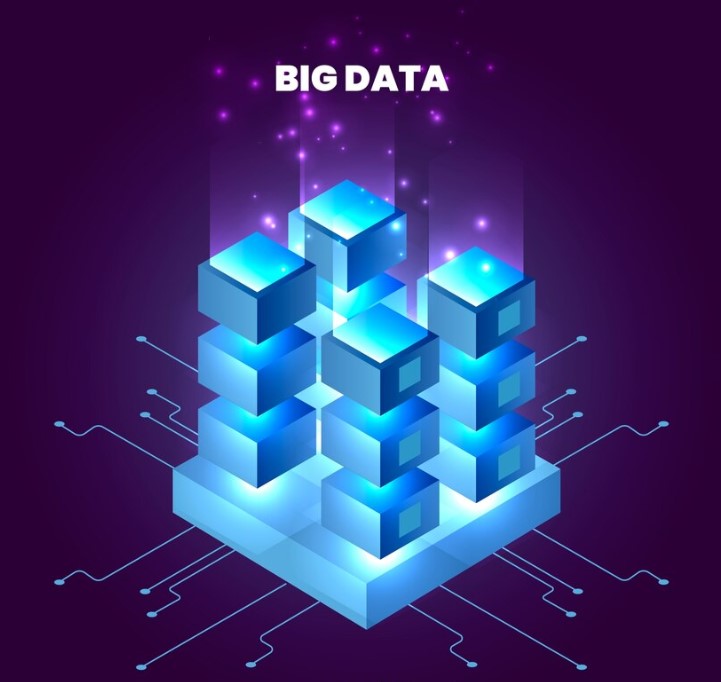How Can Big Data Help Us?
— August 13, 2014
Big Data and Its Purpose
Big Data is not simply about the act of collecting information. SAS highlights that the true value of Big Data lies in its application. The utility of Big Data revolves around four core benefits: reducing costs, saving time, prolonging product development cycles, and optimizing offerings. Additionally, it serves as a powerful tool for decision-making, enabling businesses and organizations to act quickly and sensibly in response to market demands or internal challenges.
Enhancing Shopping Experiences
Consider a familiar scenario: shopping online on platforms like eBay or Amazon. While browsing for a t-shirt, the website might recommend complementary items such as jeans or belts. These suggestions are not random; they are based on an analysis of consumer preferences and habits derived from extensive datasets. By studying user behavior, businesses can better anticipate what customers want, leading to higher sales and customer satisfaction.
This process is rooted in data collected as users interact with websites. Every click, search, or purchase adds to a pool of information that informs these tailored recommendations. Businesses that effectively utilize Big Data not only boost their profits but also improve the shopping experience for their customers. Instead of manually searching for additional items, customers save time by receiving helpful suggestions directly on the platform.
For web application development, this capability stems from integrating advanced analytics into the platform’s design. Companies in countries like Vietnam, known for their burgeoning tech outsourcing industries, leverage these tools to deliver user-centric solutions.
Limitations for End Users
While businesses and developers reap significant benefits from Big Data, individual users face barriers to adopting these solutions. The primary challenge is cost. Big Data technologies often require investments reaching hundreds of thousands of dollars, which is prohibitive for personal use or small-scale operations. Moreover, the volume of data an individual or small organization generates—usually just a few terabytes over an extended period—is insufficient to qualify as “Big Data.”
However, the indirect benefits trickle down to end users. By leveraging Big Data insights, companies provide better products, services, and user experiences. For example, targeted marketing ensures consumers see relevant advertisements, saving them time and effort while browsing online.
Predictive Capabilities for Governments and Organizations
Beyond individual and business applications, Big Data offers immense potential for large-scale predictive analysis. Governments and organizations can use data to forecast trends and make informed decisions. For instance, analyzing employment patterns can help predict future job trends, allowing policymakers to invest in growing sectors or devise strategies to address unemployment. Similarly, public health organizations can use data to predict the spread of diseases, enabling them to implement preventive measures and allocate resources more efficiently.
These predictive applications extend to cost management and growth stimulation. For example, understanding consumer demand trends allows companies to adjust production schedules, minimizing waste and optimizing resources. In Vietnam, where tech outsourcing services are on the rise, such insights could help businesses adapt to global market demands and remain competitive.
Financial Impact of Big Data
Big Data analysis provides a tangible return on investment. Oracle estimates that for every dollar spent on analysis, organizations earn an average of $10.66. This striking figure underscores the financial potential of harnessing data.
Real-world examples further illustrate this impact. A school district experienced an $8 million annual revenue increase after implementing data-driven strategies. Similarly, an anonymous financial company reported a 100% profit increase over three years due to data analytics. These cases demonstrate how Big Data not only streamlines operations but also creates new revenue opportunities.
Future Prospects
As technology evolves, the accessibility and affordability of Big Data solutions are likely to improve. Emerging economies are poised to benefit from these advancements, especially in tech-driven sectors like mobile and web application development. Software outsourcing companies play a crucial role in making these technologies available to businesses of all sizes. By offering scalable and cost-effective solutions, these companies bridge the gap between cutting-edge innovations and practical applications.
In the long run, Big Data will continue to shape industries, influence decision-making, and improve lives. Its ability to transform raw information into actionable insights ensures its relevance across sectors, from retail and healthcare to government and education.
Conclusion
Big Data is a transformative tool with far-reaching applications. By enabling cost reduction, time-saving, product optimization, and informed decision-making, it benefits businesses, governments, and individuals alike. While its direct adoption may remain out of reach for smaller entities due to costs, the broader implications of Big Data—enhanced user experiences, predictive insights, and financial gains—ensure its significance in modern technology and society. For countries like Vietnam and companies like S3Corp, the strategic use of Big Data represents not just an opportunity for growth but also a path to global competitiveness.








